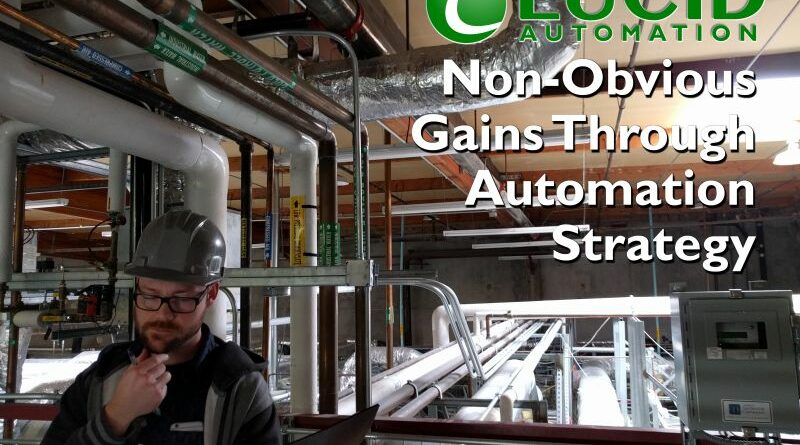Non-Obvious Gains Through Automation Strategy
Automation gains are often realized on the back end of a project. Having a strategy upfront increases the effectiveness, cost, and maintenance of your equipment. Automation seems to get attention only when things go poorly, so let us highlight some non-obvious gains you have likely experienced but didn’t notice because it “just worked”.
The most immediate example is change orders. An effective strategy will both identify errors early and provide a unifying direction to ensure all the various trades converge on the same solution. Facilities, Mechanical, IT/OT, Process, and Validation have a clear set of requirements to meet.
Avoiding change orders is often the goal, but very few measure or even notice when there are none. That should be celebrated!
Another gain is in commissioning and validation. A solid strategy upfront can identify the most efficient way to document, develop, and test a solution to avoid duplicated or unnecessarily complicated acceptance test protocols. Taking a risk-based approach and leveraging previous testing in a change-controlled environment can save thousands (dollars and hours).
The non-obvious gain from reducing duplicated effort is costs, effort, and schedule. Bringing a project in on time is the expectation but given the reality of complex projects nailing a turnover date set months in advance should also be celebrated.
Lucid strives to identify a solid strategy from project inception or at the RFP stage. Our experience helps us to identify efficiencies and engage the right stake holders to get buy-in to the strategy early.
Automation is typically the last part of any project or equipment installation. Having a strategy helps us, help you get everything done on time while absorbing upstream delays.
Check out more images like this on our Instagram
https://www.instagram.com/p/CZ2lSvevrSJ/?utm_source=ig_web_copy_link

